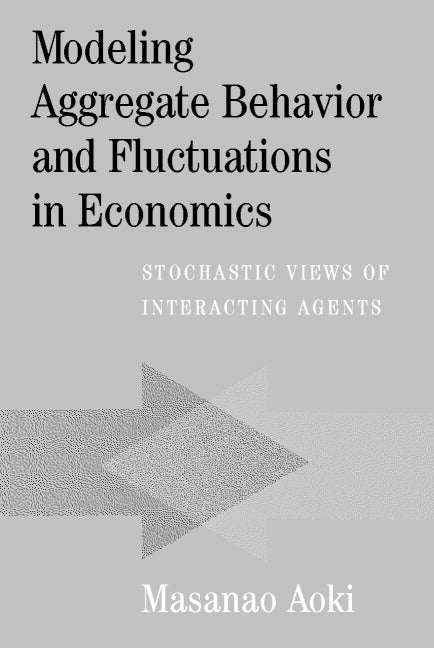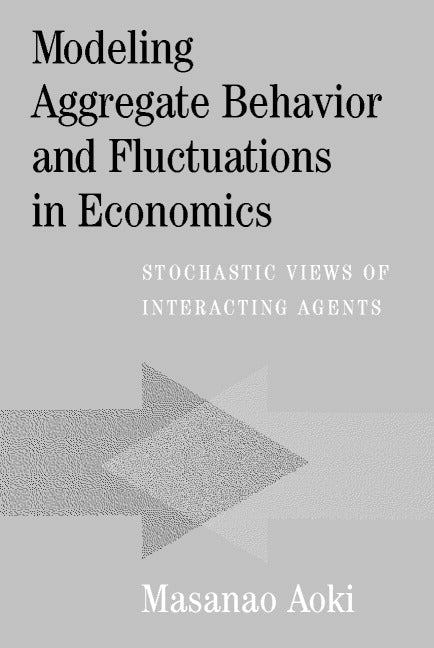Freshly Printed - allow 6 days lead
Couldn't load pickup availability
Modeling Aggregate Behavior and Fluctuations in Economics
Stochastic Views of Interacting Agents
This book analyses how a large but finite number of agents interact and what statistical consequences follow.
Masanao Aoki (Author)
9780521781268, Cambridge University Press
Hardback, published 20 December 2001
280 pages
23.7 x 15.9 x 2.4 cm, 0.578 kg
'Economists have long taken optimization as first principles in economics. This belief has lead many to the Walrasian or the intertemporal utility maximization model, and has fundamentally changed macroeconomics. Unfortunately, the standard model such as real business cycle theory looks hopelessly unrealistic. It may sound like a paradox that the model which is based on explicit maximization of the representative agent is so unsatisfactory as a macro model. Professor Aoki's book gives us a good answer to this question, and at the same time, provides us with a new methodology in macroeconomics. He convincingly argues that Jump Markov Process is a powerful and fruitful tool in macroeconomics. Professor Aoki explains the method, and also provides examples. The book will be remembered as a landmark.' Hiroshi Yoshikawa, University of Tokyo
This book has two components: stochastic dynamics and stochastic random combinatorial analysis. The first discusses evolving patterns of interactions of a large but finite number of agents of several types. Changes of agent types or their choices or decisions over time are formulated as jump Markov processes with suitably specified transition rates: optimisations by agents make these rates generally endogenous. Probabilistic equilibrium selection rules are also discussed, together with the distributions of relative sizes of the bases of attraction. As the number of agents approaches infinity, we recover deterministic macroeconomic relations of more conventional economic models. The second component analyses how agents form clusters of various sizes. This has applications for discussing sizes or shares of markets by various agents which involve some combinatorial analysis patterned after the population genetics literature. These are shown to be relevant to distributions of returns to assets, volatility of returns, and power laws.
1. Overview
2. Setting up dynamic models
3. The master equation
4. Introductory simple and simplified models
5. Aggregate dynamics and fluctuations of simple models
6. Evaluation of alternatives
7. Solving non-stationary master equations
8. Growth and business cycle models
9. Example: a new look at the diamond search model
10. Interaction patterns of agents and distributions of cluster sizes
11. Example: share markets with two dominant types of participants in a market.
Subject Areas: Probability & statistics [PBT], Economic statistics [KCHS], Econometrics [KCH]


